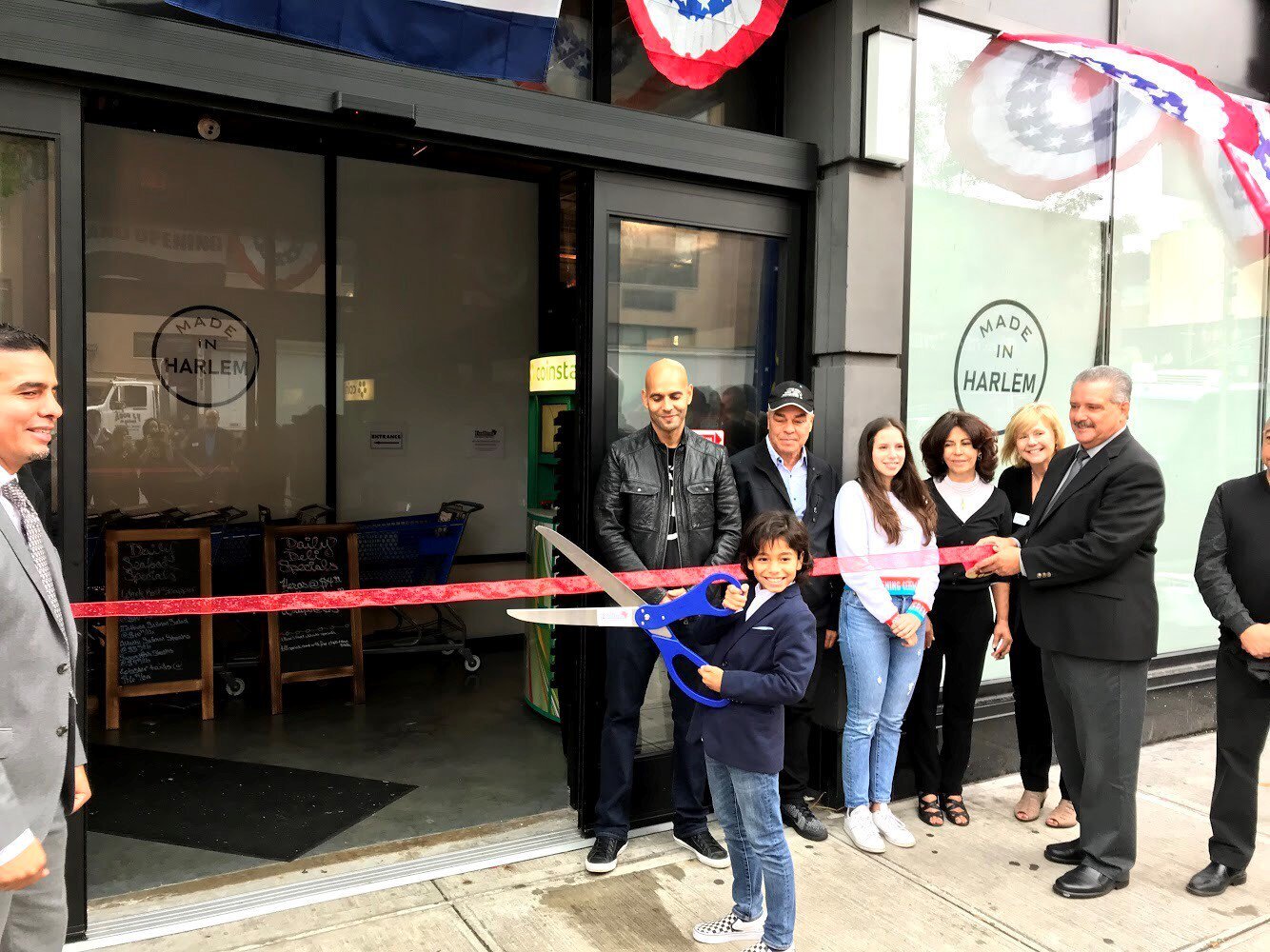Good morning, commissioners. My name is Nevin Cohen, and I am the Research Director of the CUNY Urban Food Policy Institute at CUNY’s Graduate School of Public Health and Health Policy. The Institute conducts community-based research and provides evidence and insights to support healthy and just urban food systems.
A substantial area of our work is on policies and programs to increase food security and reduce disparities in diet-related diseases in New York and in cities around the world. We have analyzed and evaluated numerous efforts to improve access to healthy, affordable food, including New York City’s FRESH program.
I am here to express our support for the proposed text changes. Supermarkets do not, in and of themselves, reduce food insecurity, malnourishment, or disparities in diet-related diseases. But encouraging supermarket development in communities with insufficient food retail is a matter of basic fairness and sound city planning. City government should use the tools at its disposal – zoning and financial incentives – to make access to food retail easier and more equitably distributed.
To make the FRESH program more effective, the Commission should adopt the proposed changes to FRESH under consideration today. Expanding the program’s boundaries to encompass neighborhoods that remain under-served by full-service supermarkets will address unmet demand for healthy, affordable food retail. Establishing criteria to prevent saturation of FRESH stores will address an unintended consequence of the FRESH zoning incentives — their excessive use in areas undergoing substantial real estate investment and therefore their potential to contribute to gentrification.
The City Planning Department and the Planning Commission should also address the following three related land use planning issues that affect food access:
(1) Planning for Online Grocers and Food Delivery
Since FRESH was first adopted, and particularly since the start of the COVID-19 pandemic, online food retail has gone from a niche sector to a more mainstream method of food buying. This has led grocers to invest in new warehouse space, ghost supermarkets, and other food distribution infrastructure. It also has increased competition with brick-and-mortar retail, making it particularly challenging for independent grocers lacking the resources to create online ordering and distribution channels. The planning department should assess these market changes and their effects on food retail, and plan for the infrastructure needed to make online food retail more efficient, equitable, and sustainable.
(2) Increasing Grocery Access at NYCHA
The Planning Department and Commission should explore opportunities to improve access to affordable healthy food at NYCHA, whose more than 400,000 residents have among the city’s highest rates of diet related diseases. An important strategy is for NYCHA to activate more of its ground floor spaces for grocers and supermarkets. Another is to plan for the infrastructure needed to take advantage of new food delivery systems. CUNY and our partners co-designed and evaluated a food buying club with residents of NYCHA’s Farragut Houses in the Vinegar Hill neighborhood of Brooklyn. We learned that with the right delivery and storage infrastructure at NYCHA and the participation of residents we were able to create a shopping experience that saved time and increased convenience while widening the selection of food residents were able to purchase.
(3) Planning for Diverse Food Retail
Full-service supermarkets will remain the dominant type of food retailer for the foreseeable future yet planning and zoning should support diverse retail options that require different types of commercial space and transportation infrastructure. These include public markets for small businesses, seasonal markets for direct-to-consumer sales, food hubs and distribution facilities to serve neighborhood retailers, cooperatives, and food buyers’ clubs, and unloading zones, bicycle parking, storage lockers, and other infrastructure for online grocers, food delivery services, and urban farms. Developing neighborhood plans to enable a mix of food purveyors and distribution infrastructure could build food system resilience while supporting local economic development.
Thank you again for your time and attention. I would be happy to answer any questions you may have.
By Nevin Cohen
